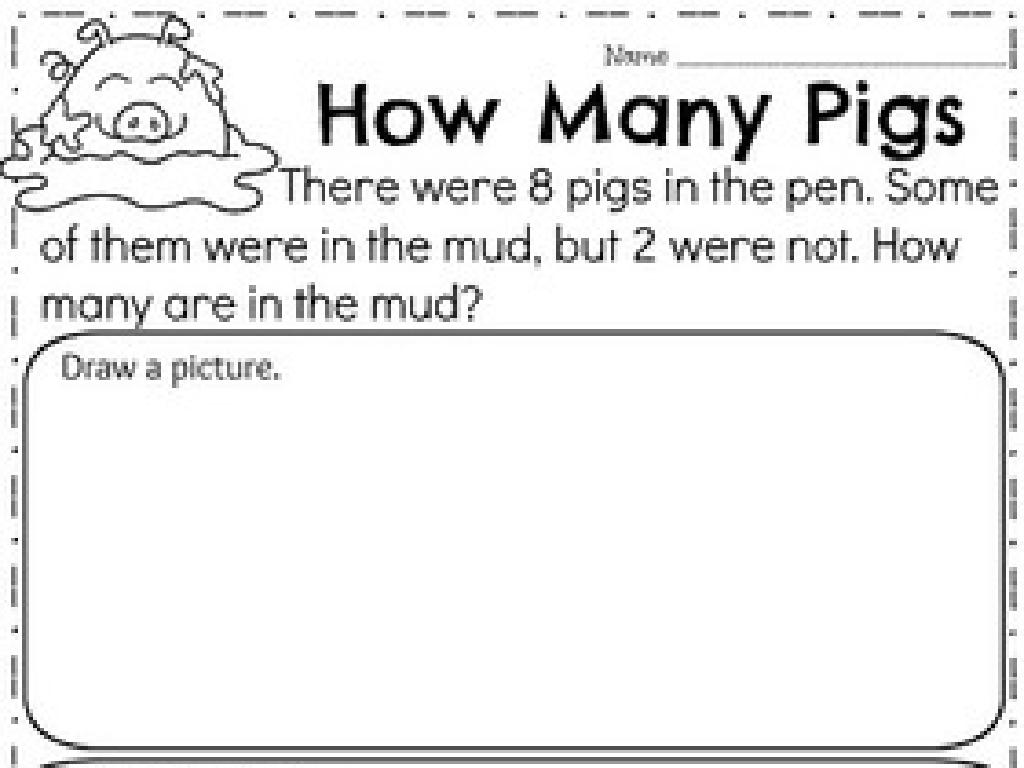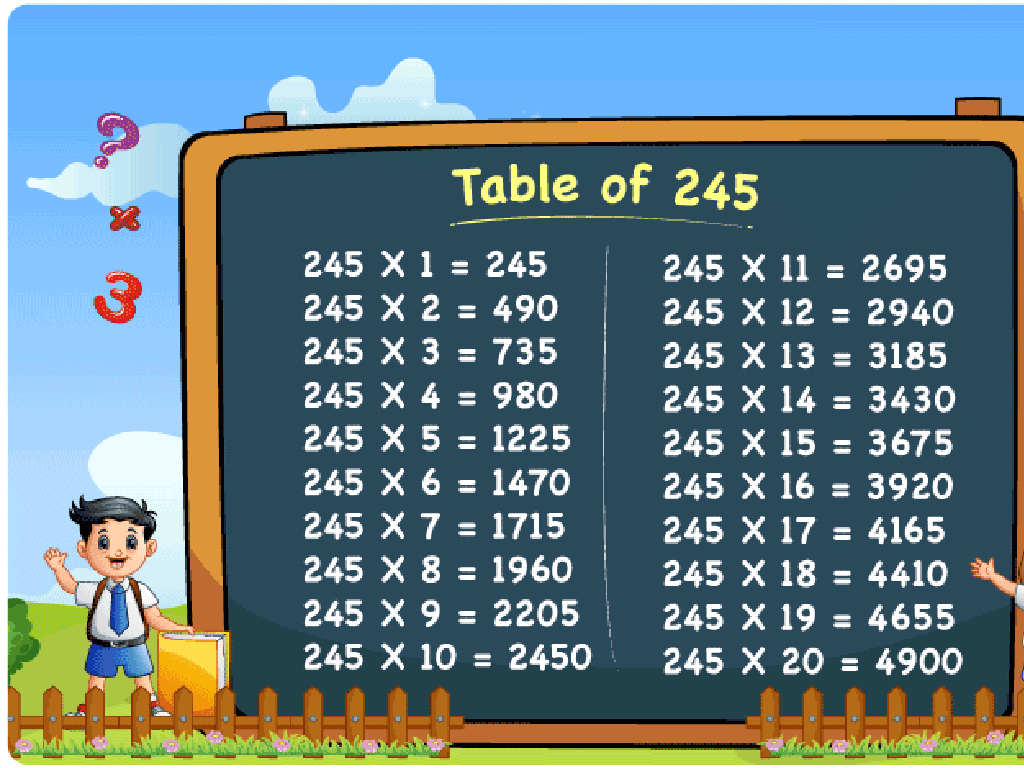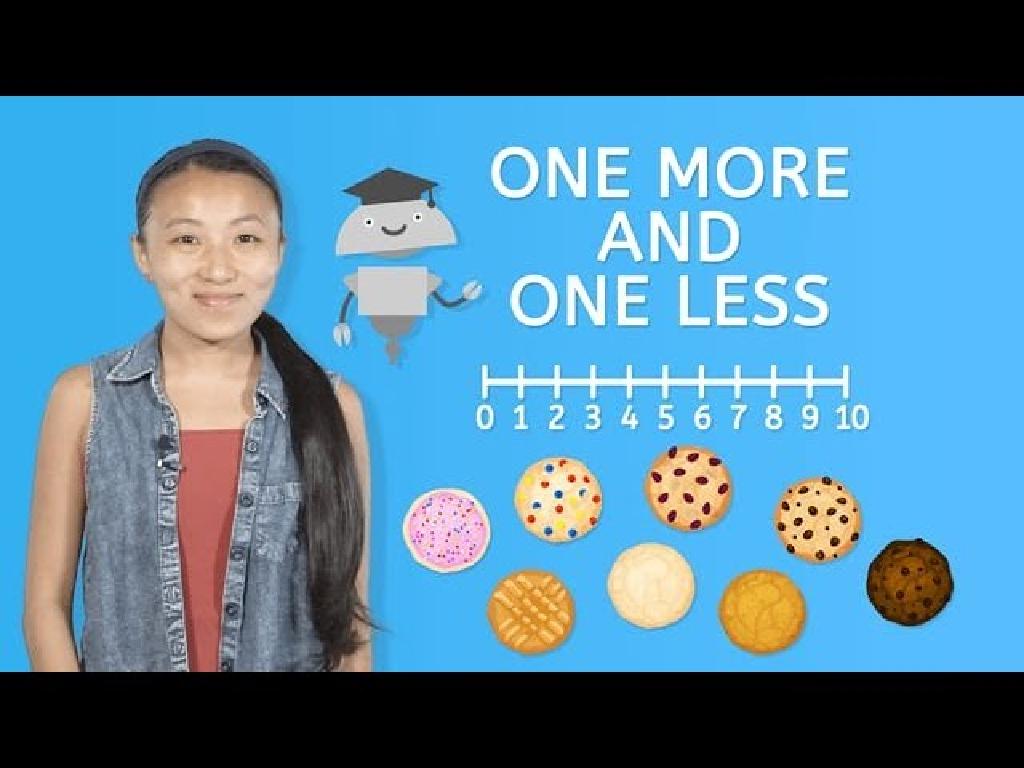Loans And Debt
Subject: Life skills
Grade: High school
Topic: Financial Literacy
Please LOG IN to download the presentation. Access is available to registered users only.
View More Content
Introduction to Financial Literacy: Loans and Debt
– What is Financial Literacy?
– Understanding money management, investing, and budgeting.
– Importance of Financial Literacy
– Financial literacy helps in making informed money decisions.
– Exploring Loans and Debt
– Loans are borrowed money; debt is money owed.
– Impact on your future
– Good debt management is crucial for financial stability.
|
This slide introduces students to the concept of financial literacy, emphasizing its importance in everyday life. Financial literacy includes understanding how money works, making informed decisions about saving, investing, and budgeting. It’s crucial for students to grasp why being financially literate can lead to a more secure future. The overview of loans and debt will set the stage for a deeper discussion on borrowing money responsibly and the implications of accumulating debt. Encourage students to think about how managing finances effectively can impact their life goals and opportunities.
Understanding Loans in Financial Literacy
– Definition of a loan
– A loan is borrowed money to be paid back with interest.
– Explore various loan types
– Personal, Auto, Student, Mortgage are common types.
– Key loan terms: Interest, Principal, and more
– Interest: cost of borrowing. Principal: the borrowed amount. Term: loan duration.
– Amortization explained
– Amortization: paying off a loan over time in installments.
|
This slide introduces the concept of loans, a fundamental topic in financial literacy for high school students. Begin with the definition of a loan as money borrowed that must be paid back, usually with interest. Discuss different types of loans, highlighting personal, auto, student, and mortgage loans, and how they fit into everyday financial decisions. Clarify key terms associated with loans, such as interest (the cost of borrowing money), principal (the initial amount borrowed), term (the time period over which the loan is repaid), and amortization (the process of spreading out a loan into a series of fixed payments over time). Use examples to illustrate how these terms apply in real-life scenarios, such as buying a car or financing education. Encourage students to ask questions and consider the implications of taking on debt.
Understanding Interest in Loans and Debt
– Defining Interest
– Interest is the cost of borrowing money, typically a percentage of the loan amount.
– Interest Rates’ Impact
– Higher rates increase total repayment; lower rates can make loans more affordable.
– Simple Interest Explained
– Simple interest is calculated on the principal amount only, often used for short-term loans.
– Compound Interest Explained
– Compound interest is calculated on the principal and the accumulated interest, common in long-term debts.
|
This slide aims to clarify the concept of interest, which is a fundamental aspect of loans and debt. Interest is essentially the price paid for the use of borrowed money and is usually expressed as a percentage. It’s crucial for students to understand how interest rates affect the total amount they will end up repaying. Simple interest is straightforward and is calculated only on the initial amount borrowed, while compound interest is calculated on the initial principal and also on the accumulated interest from previous periods. This can significantly increase the amount of money owed over time. Use examples like car loans for simple interest and student loans or mortgages for compound interest to illustrate the concepts.
Understanding Debt in Financial Literacy
– Define debt
– Debt is money owed by one party to another
– How debt is incurred
– Debt can occur through loans, credit purchases, or delayed payments
– ‘Good Debt’ versus ‘Bad Debt’
– ‘Good Debt’ can be an investment that grows in value, ‘Bad Debt’ typically depreciates
– Impact of debt on financial health
|
This slide aims to introduce students to the concept of debt, a crucial aspect of financial literacy. Begin by defining debt as an obligation to pay money borrowed from lenders. Explain the various ways one can incur debt, such as taking out loans for education or buying goods using credit. Discuss the difference between ‘Good Debt’, which can include student loans or mortgages that can lead to long-term financial gain, and ‘Bad Debt’ like high-interest credit cards that can lead to financial strain. Emphasize the importance of managing debt responsibly to maintain good financial health. Use examples relevant to high school students, such as financing a car or college education, to illustrate these concepts.
Managing Loans and Debt
– Strategies for loan repayment
– Prioritize debts, consider consolidation or refinancing options.
– Budgeting to prevent debt
– Track income and expenses to plan for loan payments.
– Credit scores and debt management
– Higher scores can mean lower interest rates on loans.
– Tips for healthy financial habits
|
This slide aims to educate high school students on effective debt management and the significance of credit scores. Start by discussing various strategies to manage and repay loans, such as prioritizing debts with higher interest rates and exploring consolidation. Emphasize the importance of creating a realistic budget to avoid excessive debt, ensuring students understand how to balance their income with their expenses. Explain how a good credit score can affect their ability to manage debt, potentially leading to lower interest rates and better loan terms. Encourage students to adopt these practices to maintain healthy financial habits throughout their lives.
Navigating Student Loans: A Real-life Case Study
– Impact of Student Loans after graduation
– Case study: Long-term effects on finance and career choices
– Repayment options and strategies
– Standard, graduated, income-based plans
– Planning for Student Loan debt
– Budgeting for payments, considering future income
– Managing loans effectively post-graduation
– Tips on debt consolidation, loan forgiveness programs
|
This slide aims to provide students with a realistic understanding of how student loans can affect life after graduation. Begin with a case study to illustrate the potential long-term financial and career implications of student loan debt. Discuss various repayment options, including standard, graduated, and income-based plans, and how to choose the best one. Emphasize the importance of planning and budgeting for loan repayment, taking into account expected future income. Finally, offer advice on managing loans effectively, such as considering debt consolidation or exploring loan forgiveness programs. Encourage students to think critically about the commitment of taking on student loans and to explore all available financial aid options before borrowing.
Avoiding the Debt Trap
– Recognize signs of a debt trap
– Frequent borrowing, minimum payments, and increasing balances may signal a trap.
– Tips to avoid excessive debt
– Budget wisely, save regularly, and borrow within means to prevent debt accumulation.
– Debt counseling resources
– Non-profit agencies offer free or low-cost counseling to help manage debt.
– Seeking debt assistance
– Explore options like consolidation or relief programs for managing overwhelming debt.
|
This slide aims to educate students on the importance of financial awareness and the dangers of falling into a debt trap. It’s crucial to recognize early warning signs, such as relying on credit for everyday expenses or only making minimum payments, which can lead to a cycle of increasing debt. Provide practical tips for students to manage their finances responsibly, such as creating a budget, setting aside savings, and understanding the terms of borrowing. Highlight the availability of resources for debt counseling and assistance, emphasizing the importance of seeking help early to prevent a financial crisis. Encourage students to research and reach out to reputable organizations for guidance on debt management.
Class Activity: Crafting a Loan Repayment Plan
– Create a mock Loan Repayment Plan
– Consider Loan Amount, Interest, Repayment Period
– Think about how much money you’d borrow, the interest rate, and over how many years you’d pay it back
– Present your plan to the class
– Engage in class discussion
– Share your strategy and reasoning behind your plan
|
This activity is designed to give students a practical understanding of how loans work and the importance of planning for repayment. Students will simulate creating a loan repayment plan, considering key factors such as the amount borrowed, the interest rate, and the length of the repayment period. They will then present their plans to the class, providing a rationale for their decisions. This will foster a discussion on the various strategies and considerations when dealing with loans and debt. Teachers should guide the students to understand the implications of different interest rates and repayment terms, and how these can affect the total amount paid over the life of a loan. Encourage students to explore different scenarios and compare outcomes. Possible activities could include comparing different loan offers, discussing the impact of making extra payments, or exploring debt consolidation as an option.





